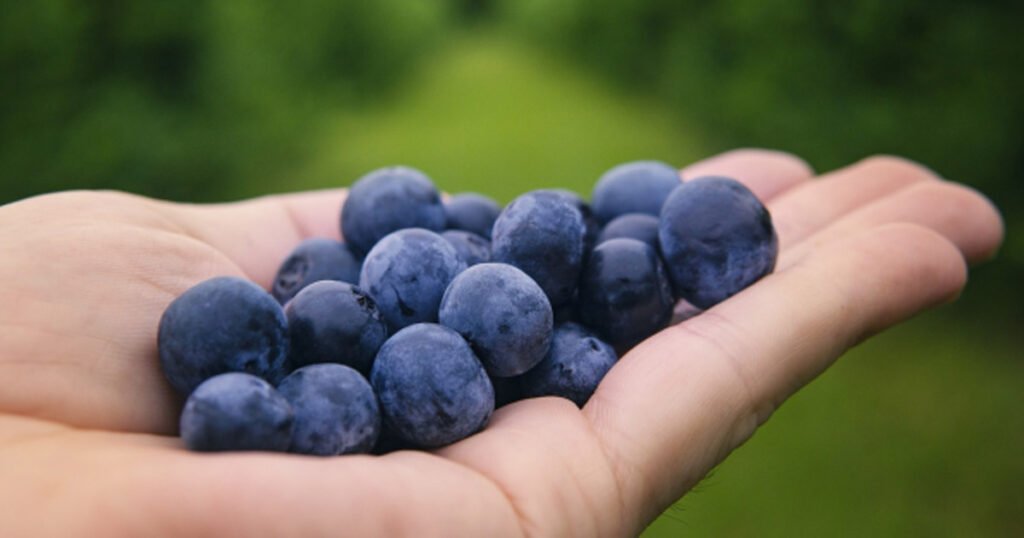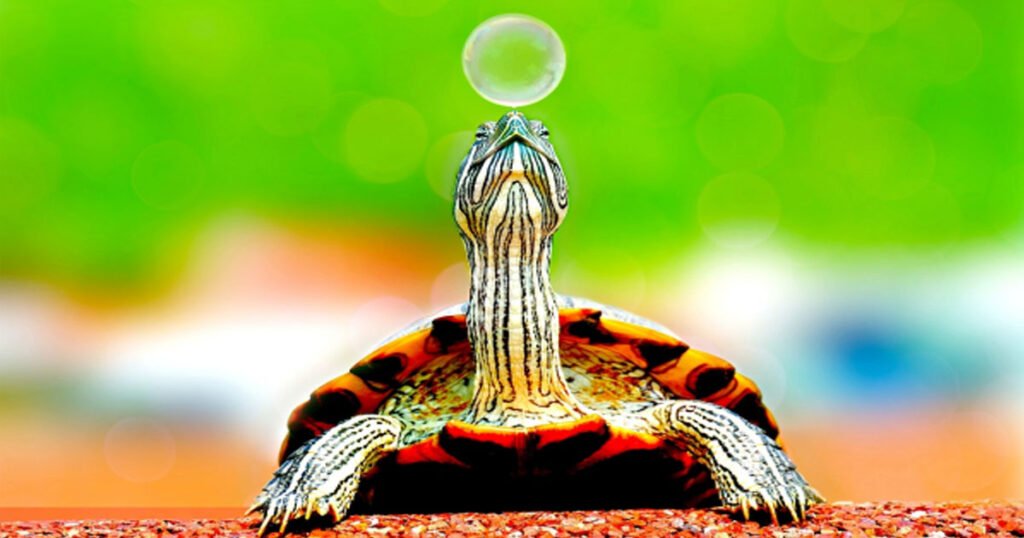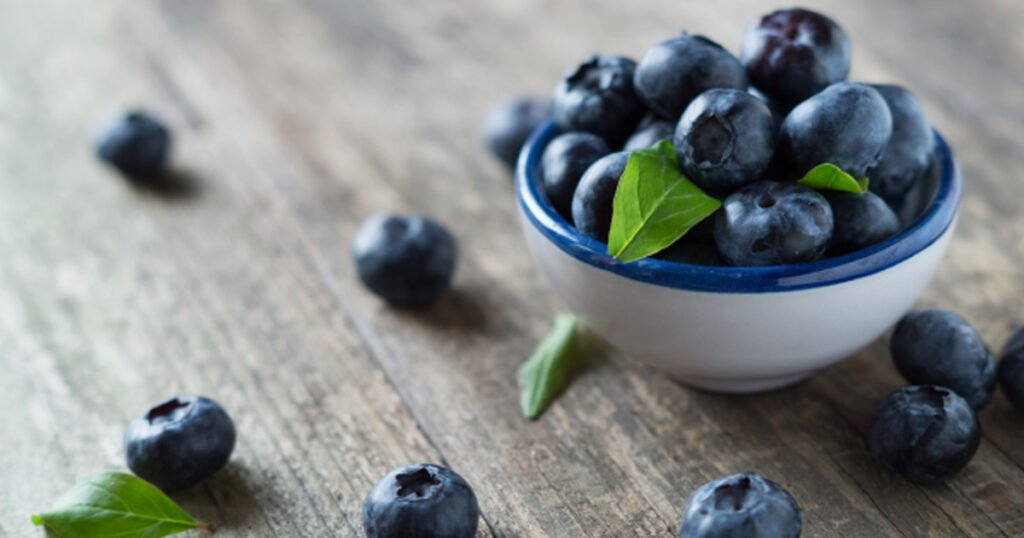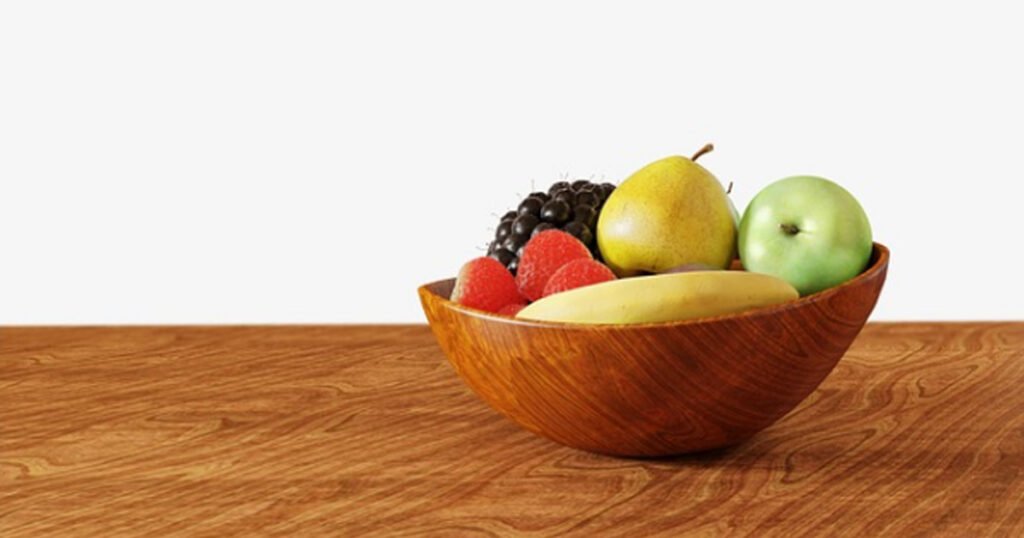Can turtles eat blueberries? This is a question that many people may identify with. It can be difficult to determine whether a turtle can eat a specific sort of fruit because there are so many distinct turtle species, each with its own taste.
In this article, we’ll look at which turtles can eat blueberries and how they benefit from them!
Can turtles eat blueberries? Yes, turtles can eat blueberries. Blueberries are one of the fruits that turtles can eat to supplement their nutritional needs. However, if you overfeed them, they may get diarrhea due to the high sugar content. So, keep an eye on their health and avoid feeding too much fruit at once!
Can Turtles Eat Blueberries?

Turtles can eat blueberries, and they can be a tasty supplement to their diet. Blueberries are tiny, bright gems packed with nutrients that turtles can enjoy as a delightful treat.
Blueberries are not only delicious, but they also contain vitamins and antioxidants that can benefit turtle health. They bring taste and sweetness to their meals.
However, just as we like delicacies in moderation, it is crucial not to overdo it. Consider blueberries as a special dessert for your turtle. A few blueberries every now and then can be a fun and nutritious supplement to their usual diet.
So, if you’re in the mood to have a tasty snack with your turtle, serve them some blueberries. Just remember, moderation is essential for keeping your turtle happy and healthy!
Table of Contents
Which type of Turtles Eat Blueberries?

Turtles can be finicky eaters, but some of them really enjoy blueberries! Although not all turtles enjoy these small blue beauties, some do.
Box turtles, both Eastern and Western, are reported to like eating blueberries. These turtles have a varied diet and enjoy the sweet flavor of these little berries. Painted turtles, with their bright shells, also enjoy blueberries. And if you have a red-eared slider turtle as a pet, too, enjoy blueberries.
If you’re wondering which turtles eat blueberries, the most common choices are box turtles, painted turtles, and red-eared slider turtles. Just remember to chop the blueberries into little, turtle-sized pieces so they can eat them easily!
Benefits of Giving Turtles Blueberries to Eat

Feeding blueberries to turtles can be like giving them a little bowl of goodness! These tiny berries come with some awesome benefits for our turtle friends:
- Vitamins and Antioxidants: Blueberries are like nature’s multivitamins. They’re packed with vitamins and antioxidants that can help keep your turtle healthy. Just like how you eat veggies to stay strong, turtles can get a vitamin boost from these little berries.
- Yummy Variety: Turtles, like us, enjoy a tasty and varied diet. Blueberries add a burst of flavor and a different texture to their food, making eating time a bit like a mini feast for them.
- Hydration Help: Blueberries have lots of water in them, which can be like a relaxing drink for your turtle. Staying hydrated is important, and these juicy berries can help to keep your turtle’s water levels up.
- Fun and Enrichment: Turtles are curious creatures, and giving them different types of food, like blueberries, can be like a fun game for them to explore. It adds a bit of energy to their day.
- Healthy Treat option: While turtles need a balanced diet, including veggies and proteins, blueberries can be a healthier treat choice. They offer a sweet taste without overloading your turtle with sugars or bad stuff.
Remember, though, it’s all about balance. Too many blueberries might not be the best, so giving them as a part of a well-rounded turtle diet is the key to keeping your little friend happy and healthy!
How to Prepare Blueberries for Turtles
Preparing blueberries for your turtle is super easy, and it’s like getting a snack ready for a tiny fruity feast! Here’s a quick guide:
- Wash Them: Just like you wash your hands before eating, give those blueberries a good rinse. This helps clear any dirt or icky stuff that might be on them. Your turtle will enjoy clean and tasty berries.
- Cut Them into Smaller Pieces: Turtles, especially smaller ones, might find big blueberries a bit tricky to munch on. So, you can be like a cook and cut the blueberries into smaller, turtle-sized pieces. It’s like making bite-sized treats!
- Serve in a Dish: Place the prepared blueberries in your turtle’s dish or straight in their enclosure. This makes it easy for them to find and enjoy. It’s like putting up a little buffet for your turtle buddy.
- Mix with Other Foods: Blueberries can be a special addition to your turtle’s meal. You can mix them with their regular food, like veggies or pellets, to add some sweet flair. It’s like making a gourmet turtle dish!
- Offer in Moderation: While blueberries are tasty, it’s important not to go crazy. Like any good cook knows, moderation is key. Too many blueberries might upset your turtle’s tummy, so offer them as a part of a healthy diet.
Do Blueberries Carry Any Nutritional Risks?
Blueberries are usually awesome for turtles, but like any good superhero, they do have a few things to watch out for. Here are some simple things to keep in mind:
- Sugar Awareness: Blueberries have natural sugars, and too much sugar can be a bit like eating too many sweets for turtles. It’s best to give blueberries as a treat rather than making them the main course.
- Balanced Diet Matters: Turtles need a mix of foods for a good life. Blueberries are like the superhero helper, not the main hero. Make sure your turtle gets a balanced meal with veggies, proteins, and other turtle-friendly foods.
- Watch for Allergies: Some turtles might be picky eaters or have allergies, just like some people. Keep an eye on how your turtle responds to blueberries. If they don’t seem to like them or if there are any tummy problems, it might be best to try different treats.
Which Other Fruits Can You Feed Moderately?

Turtles can have a fruity feast, and here are some other delicious foods they can enjoy in moderation:
- Strawberries: Turtles can munch on these red treats, just like tiny, juicy gifts from nature.
- Bananas: Peel a banana, and your turtle can have a taste of this soft and sweet treat. It’s like a sweet dessert for them.
- Apples: Slice up some apples (remove seeds), and your turtle can enjoy the crunchy goodness. It’s like a crispy snack time.
- Grapes: Cut grapes into small pieces, and turtles can enjoy the sweetness. It’s like having little bursts of taste.
- Melon: Watermelon, cantaloupe, or honeydew can be refreshing and hydrating for turtles. It’s like a wet treat on a sunny day.
- Peaches: Just like biting into a fresh peach, turtles can enjoy the peachy sweetness. It’s like having a sweet picnic.
FAQs
- Can box turtles eat blueberries?
Absolutely! Box turtles enjoy blueberries as a tasty treat. Blueberries are not only delicious but also high in nutrients that can help your box turtle’s health.
- Can painted turtles eat blueberries?
Yes, indeed! Painted turtles can enjoy the sweetness of blueberries. These tiny, vibrant berries can make a delicious addition to their diet. Make sure to introduce blueberries gradually and in moderate quantities.
- Can red-eared slider turtles eat blueberries?
Absolutely! Red-eared slider turtles can comfortably eat blueberries. These little berries contain crucial vitamins and antioxidants. Just remember to chop the blueberries into smaller, turtle-friendly chunks to avoid choking problems.
- Can eastern box turtles eat blueberries?
Yes, they can. Eastern box turtles enjoy the flavor of blueberries as part of their varied diet. These berries provide a pleasant and healthful snack.
Read More: Why Do Turtles Hate Black Color
Final Thought
Turtles can eat blueberries. Blueberries are beneficial to turtles because they provide energy, enhance the immune system, and contain antioxidants. There are no negative consequences to feeding your turtle blueberries as long as you don’t feed them too many or in huge quantities at once. You should only feed your turtle berries once every week or two.
This article has discussed numerous elements of the question “Can turtles eat blueberries?” Did you ever feed blueberries to your turtles? Please let us know in the comments section below. We would love to hear from you.
